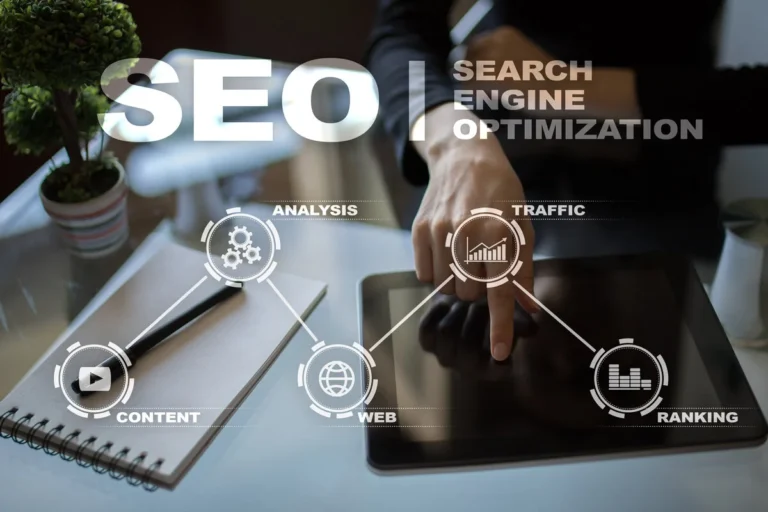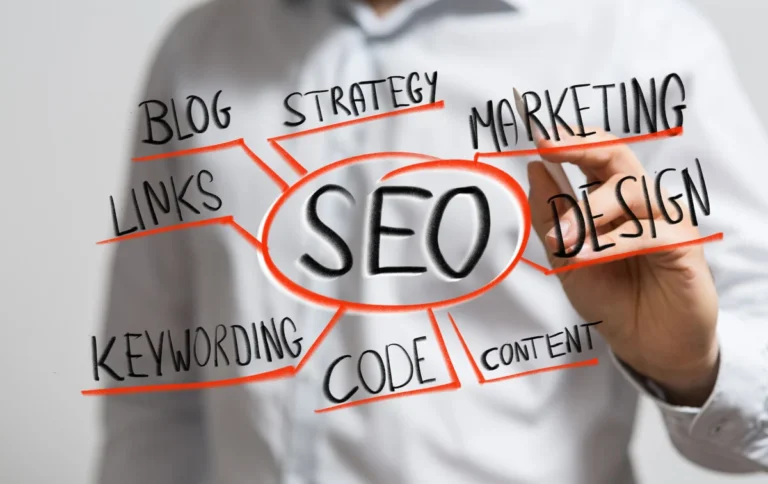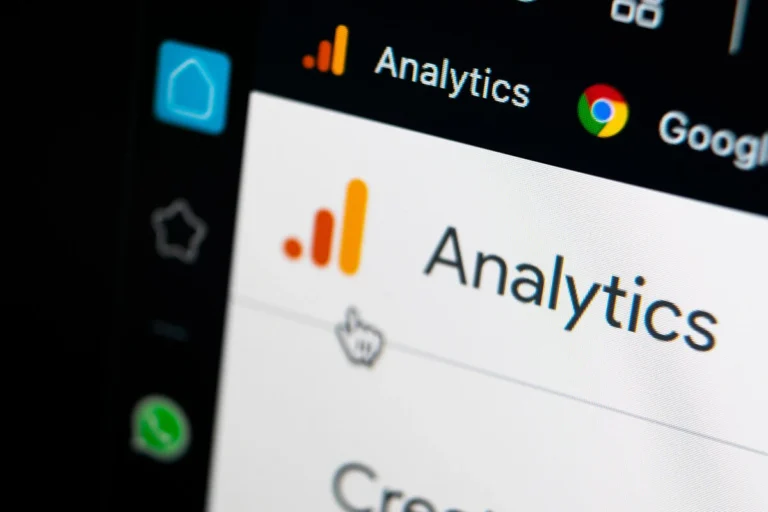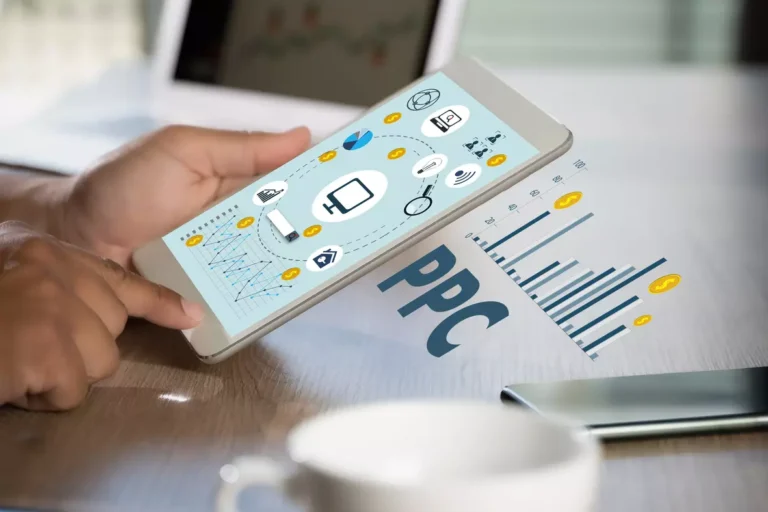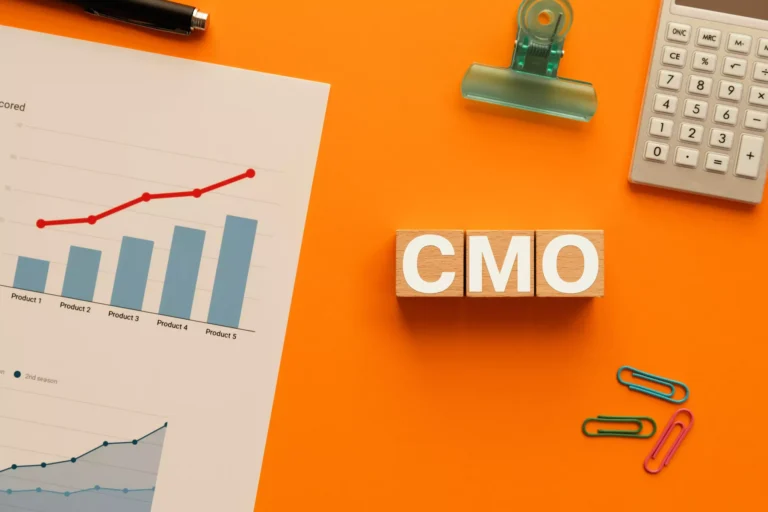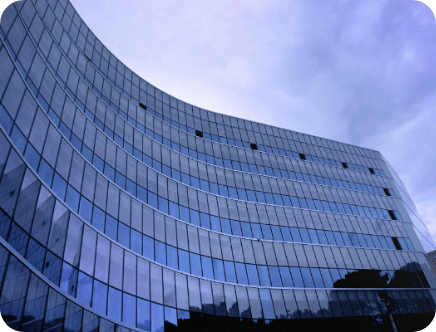Introduction to PPC
At its core, PPC involves advertisers paying a fee each time one of their ads is clicked. Its primary function is to drive traffic to websites and enhance visibility across search engines like Google through a well-structured ad campaign. This model ensures that you are primarily paying for actual traffic rather than impressions, providing a tangible metric for evaluating campaign success.
Definition of PPC Advertising
Pay-per-click (PPC) advertising is a form of online advertising where advertisers pay each time a user clicks on their ad. It’s a way of buying visits to your site rather than attempting to “earn” those visits organically. PPC advertising is a cost-effective way to reach your target audience, increase website traffic, and boost sales. By leveraging platforms like Google Ads for small businesses can create targeted ad campaigns that appear on search engine results pages (SERPs) and other websites, ensuring their message reaches potential customers at the right moment.

Brief History of PPC
Pay-per-click advertising has been around since the late 1990s, but it wasn’t until the early 2000s that it gained widespread popularity. The launch of Google AdWords in 2000, now known as Google Ads, revolutionized the PPC advertising landscape by providing a user-friendly platform for businesses to create and manage their ad campaigns. This innovation made PPC accessible to businesses of all sizes, allowing them to compete in the digital marketplace. Over the years, PPC has evolved with advancements in technology and data analytics, becoming a crucial component of modern digital marketing strategies.
How PPC Works
PPC advertising works by creating and publishing ads on search engine results pages (SERPs) or other websites. Advertisers bid on specific keywords, and when a user searches for those keywords, the ads are displayed. The advertiser pays each time a user clicks on their ad, hence the term “pay-per-click.” The ad auction process determines which ads are displayed and in what order. This process considers factors such as the bid amount, ad relevance, and quality score. By understanding how PPC works, businesses can optimize their ad spend and achieve better results from their campaigns.
Current Landscape of Google Ads and PPC Advertising
Today’s PPC landscape is highly competitive, with businesses across various sectors leveraging this form of digital advertising to gain a marketplace edge. A well-structured PPC strategy is crucial in maximizing the effectiveness of pay-per-click advertising. The advent of sophisticated targeting options, improved ad formats, and advanced analytical tools has enhanced the efficacy and precision of PPC campaigns. These developments allow businesses to reach their specified audience with minimum wastage of ad spend.
Understanding the factors that contribute to PPC success is essential for businesses aiming to optimize their campaigns and achieve the best possible results.
Benefits and Limitations in Today’s Market
One of the primary advantages of PPC is its immediate impact. Unlike organic SEO efforts, which take time to deliver results, PPC campaigns can generate website traffic almost instantly. Moreover, the flexibility to set budgets and modify campaigns in real-time offers incomparable agility. Another crucial benefit is the ability to measure performance accurately, providing clear insights into return on investment (ROI).
However, PPC is not without its limitations. The competitive nature of PPC means higher costs in competitive industries, and businesses must constantly manage and optimize their campaigns to avoid wasted spend. Furthermore, the transient nature of paid ads means that visibility plummets as soon as the budget runs out, unlike SEO, which continues to provide value over time.
Is PPC Worth The Investment?
PPC Investment
When considering whether PPC investment is worth your time and financial resources, it’s imperative to look at the initial costs associated with starting a PPC campaign. Running PPC ad campaigns is a crucial method for effective data collection, providing insights that can significantly enhance SEO strategies and contribute to overall business success. These can vary widely depending on the platform, industry, and the scale of the campaign. For instance, while Google Ads might demand a substantial amount upfront, other platforms like Bing or social media PPC channels could offer more cost-effective entry points. The nuanced decisions surrounding your PPC budget can significantly influence the outcomes, making it crucial to strategize carefully from the onset.
Return on Investment (ROI) Metrics
How much should you pay for PPC? Understanding the ROI of your PPC investment is fundamental to determining its validity. A well-planned PPC campaign can yield a high ROI, effectively reducing the cost per acquisition over time. Analyzing key metrics such as Cost Per Click (CPC), Click-Through Rate (CTR), and conversion rates using Google Analytics will offer clear insights into the financial performance of your campaigns. It’s not just about the expenditure but the returns and growth that such an investment can bring. Consistent monitoring and optimization, driven by data, ensure that the ROI remains positive and continues to improve.

Case Studies of Successful PPC Campaigns and Strategies
To underscore the worthiness of a PPC investment, let’s explore case studies of successful PPC campaigns. For example, a leading e-commerce brand boosted its sales by over 200% through a targeted Google Ads campaign, achieving a 5:1 ROI. Another case involved a small tech startup utilizing PPC to gain visibility and market share, generating qualified leads at a much faster rate than with organic methods alone. These real-world examples highlight how strategic PPC budgets and carefully crafted campaigns can translate to substantial business growth. By studying these success stories, businesses can tailor their strategies to harness the full potential of PPC marketing.
Creating Effective PPC Campaigns
Creating effective PPC campaigns requires careful planning, execution, and optimization. Here are some key steps to follow:
Keyword Research and Selection
Keyword research is the foundation of a successful PPC campaign. It involves identifying relevant keywords and phrases that your target audience uses to search for your products or services. Use tools like Google Keyword Planner, Ahrefs, or SEMrush to find the best keywords for your campaign. Select keywords with high search volume, low competition, and high conversion potential.
When selecting keywords, consider the following:
- Long-tail keywords: These are more specific phrases with lower search volume but higher conversion rates.
- Negative keywords: These are keywords that you don’t want your ad to show up for, helping you avoid irrelevant searches.
- Keyword match types: Use exact match, phrase match, or broad match to control how your ads are triggered.
By following these steps and using the right tools, you can create effective PPC campaigns that drive traffic, generate leads, and boost sales for your business.
Is PPC Cost Effective?
When assessing whether PPC (Pay-Per-Click) advertising is cost-effective, several factors come into play. Understanding these elements can provide businesses with a clear picture of the efficiency and value of their PPC campaigns.

Factors Influencing PPC Costs
The cost of a PPC campaign is influenced by various elements, including the complexity of the keywords, the level of industry competition, and the relevancy of the ad. More competitive keywords generally command higher prices, while less competitive and more niche keywords tend to have lower costs. Furthermore, the quality score of the ad—a metric that factors in the ad’s relevance and expected click-through rate—can significantly impact the cost-per-click (CPC) and overall efficiency of the campaign.
Cost Comparison with Other Digital Marketing Strategies
PPC can often be more expedient than other marketing strategies, such as SEO (Search Engine Optimization) or social media marketing. While SEO often requires a longer timeframe to yield results, PPC offers immediate visibility and traffic. Businesses can start seeing clicks and conversions as soon as the campaign goes live. However, PPC campaigns usually involve ongoing costs, whereas SEO investments can provide long-term benefits without continuous expenditure.
Strategies to Maximize Cost Effectiveness
To enhance the cost-effectiveness of PPC campaigns, businesses should focus on several key strategies for optimizing PPC ads. First, conducting comprehensive keyword research ensures you’re targeting terms that provide the best balance between cost and traffic potential. Implementing negative keywords can prevent wasted spend on irrelevant clicks. Optimizing ad copy and landing pages to improve quality scores can lower CPCs and boost overall campaign performance. Finally, utilizing analytics and A/B testing can help refine campaigns and drive better results over time.
In summary, PPC can be a highly cost-effective advertising method if managed correctly. By understanding the factors that influence costs, comparing PPC with other marketing strategies, and employing best practices to maximize efficiency, businesses can achieve significant ROI and contribute to long-term growth.
Does PPC Have A Future?
Emerging Trends in PPC Advertising
The future of PPC is shaped by several emerging trends that businesses should pay close attention to. First, the increasing use of machine learning and artificial intelligence is revolutionizing campaign management. These technologies can analyze enormous amounts of data quickly, providing insights that can drastically improve targeting, bidding, and ad creation. Businesses that leverage these tools will see significant advantages in their PPC performance.
Secondly, audience segmentation is becoming more granular. Platforms like Google Ads and Facebook Ads are continually improving their ability to target specific demographics, behaviors, and interests. This allows for highly tailored campaigns that can reach potential customers at the right time with the right message, enhancing the efficacy of PPC.
Technological Innovations Affecting PPC
Technological innovations are at the heart of the evolving PPC landscape. Voice search is growing exponentially, with more consumers using smart speakers and voice assistants to search for products and services. This shift necessitates a change in keyword strategy and ad copy to cater to natural language queries.
Moreover, the integration of PPC with Customer Relationship Management (CRM) systems is a game-changer. Leveraging CRM data can provide deeper insights into the customer journey, allowing for the creation of highly personalized ads. This not only improves ad performance but also enhances customer satisfaction and retention.

Predicted Future Developments in the PPC Landscape
Looking ahead, the future of PPC appears promising and dynamic. One of the most anticipated developments is the increasing role of automation. Automated bidding, ad placements, and even content creation are set to become more sophisticated, reducing the burden on human marketers and increasing efficiency.
Another predicted trend is the rise of alternative advertising platforms. While Google and Facebook dominate the market, new platforms such as TikTok and Amazon are offering unique opportunities for PPC advertising. Businesses should keep an eye on these platforms to diversify their marketing strategies and reach new audiences.
The landscape of PPC is in constant flux. Partnering with a digital marketing agency that understands how to leverage these emerging trends and innovations is crucial for growing your revenue efficiently. Start your journey with a free consultation from Bohu Digital and stay ahead of the curve.
K





